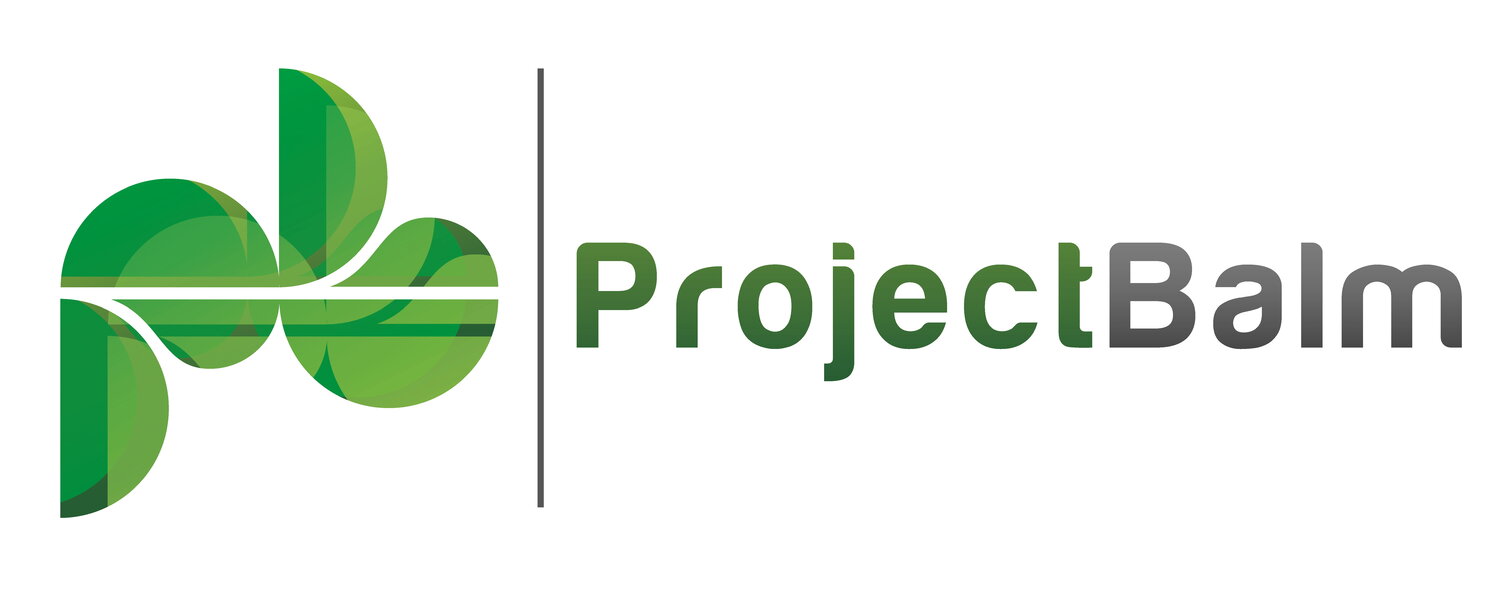Risk Categorization is Crucial
Risk management is a cornerstone of effective business operations, particularly within the context of project execution and enterprise-level decision-making. Categorization is an important part of this process. By dividing risks into distinct categories, businesses can promote clarity, foster efficient resource allocation, and enhance overall project and organizational efficiency.
The Value of Categorization
The categorization of risks into distinct domains offers several tangible benefits.
Enhanced Communication: Categorizing risks significantly improves communication between the team and stakeholders. When risks are compartmentalized into distinct categories, the context enables individuals to more readily comprehend the nature and implication of each threat.
Improved Risk Identification: Risk categories are a prompt that stimulates better risk identification. Rather than wrestling with a blank canvas, teams can systematically work through each category and identify the potential risks within that domain.
Root Cause Analysis: Risk categorization allows teams to determine patterns and shared underlying causes within each category. Recognizing these commonalities can lead to more efficient risk management strategies, even mitigating multiple related risks simultaneously.
Optimized Resource Allocation: Differentiating risk categories helps the business better target resources, which enhances overall project efficiency. For example, technical risks will usually require technical resources to address them.
Process Improvement: Categorizing risks enables the team to better learn from experience and improve processes for future projects. If one category of risks is repeatedly problematic, that suggests there is a systemic problem. The team can delve deeper into this and make appropriate policy or process suggestions.
Common Risk Categories
Here's a brief overview of some common risk categories:
Technical Risks: These are tied to the use of technology or technical processes in the organization. They can include risks related to design issues, technological failures, quality problems, or any challenges arising from technical complexity.
Management Risks: These are derived from management practices and procedures. They may include risks associated with inadequate planning, poor communication, or ineffective leadership. They can also involve time management issues, such as schedule delays, or resource management problems, like resource shortages or inefficiencies.
Organizational Risks: These stem from the broader organizational context. They can include risks related to organizational strategy, company culture, or changes in organizational structure. They can also involve personnel issues, such as team dynamics or staffing challenges.
Commercial Risks: These are linked to the commercial and financial aspects of a project or organization. They can include budget overruns, changes in market conditions, or problems with suppliers or partners. Commercial risks might also involve issues with contractual agreements or changes in the financial landscape.
External Risks: These originate from outside the project or organization. They can include changes in regulatory environments, political instability, economic fluctuations, natural disasters, or other unforeseen events. These risks can be harder to predict and manage, as they often lie outside the team's control.
Risk Register by ProjectBalm is a proven tool that helps you record, manage, and categorize your risks.
